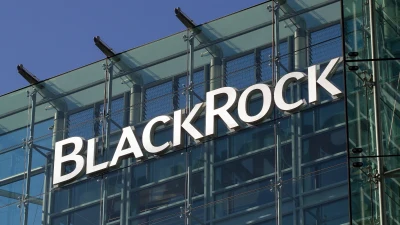‘Lower for longer’ for yields



It will be a case of “lower for even longer” in terms of yield, as we continue to see a shift in policy, according to Schroders.
Stuart Dear, Schroders deputy head of fixed income, said fiscal policy had taken on more of the load to stimulate economies, with monetary policy likely in its final phase in its current form.
“Lower rates are hard to escape… when you’ve got debt levels that are very high its hard for economies to effectively withstand much higher levels of interest rates,” Dear said.
“And there’s the issue of conditioning of markets where they have now become accustomed to centrals banks responding at the first sight of crisis.
“It makes it very hard then for central banks to get rates back to what might be more normal levels.”
Dear said there was upside risks to inflation cyclically, but structurally it was expected that inflation would stay relatively muted.
“I think we will see inflation lift a little bit next year; for one thing, we’re getting some recovery coming through although I would say that economies are operating very well,” Dear said.
“There’s not a lot of cyclical inflation pressure but we do think that inflation does lift a little bit and part of that is base effects when you get the impact of the collapse in oil prices that we saw at the start of the year, for example.
“There’s also the possibility that markets get a bit more excited and we might see some further inflation upside and that’s partly to do with this policy shift that we’re seeing around monetary policy.”
In terms for the longer-term outlook for inflation, Dear said central banks were going to do their best to try and generate inflation.
“We may see inflation come through a bit more strongly in the later of this recovery because of the direct spending from fiscal policy this time around compared to the Global Financial Crisis (GFC),” Dear said.
“So maybe we’ll see a bit more inflation in this recovery than we did post the GFC, but I think the bigger picture for inflation is that it probably stays relatively muted on the whole.”
It was expected the Reserve Bank of Australia (RBA) would not cut to negative interest rates, unlike what had been seen in Europe.
“The example in Europe has been that banks have found it very hard to basically start charging people to hold their money,” Dear said.
“Deposit rates have stayed around zero, in spite of the official policy rate moving down through zero, and that puts pressure on the profitability model of banks; this is one of the key reasons why the RBA is reluctant to take rates negative.
“I think it’s unlikely in the Australian environment that we’ll see negative deposit rates, but we do need to be open-minded about where unconventional policy can go next.”
Fixed income sector performance over the past year to 30 November 2020
Recommended for you
Distribution of private credit funds through advised channels to retail investors will be an ASIC priority for 2026 as it releases the results of its thematic fund surveillance and guidance for research houses.
State Street Investment Management has taken a minority stake in private market secondaries manager Coller Capital with the pair set to collaborate on broaden each firm’s reach and drive innovation.
BlackRock Australia plans to launch a Bitcoin ETF later this month, wrapping the firm’s US-listed version which is US$85 billion in size.
Global year-to-date inflows into active ETFs are 87 per cent higher than the same time a year ago at US$447.7 billion.












